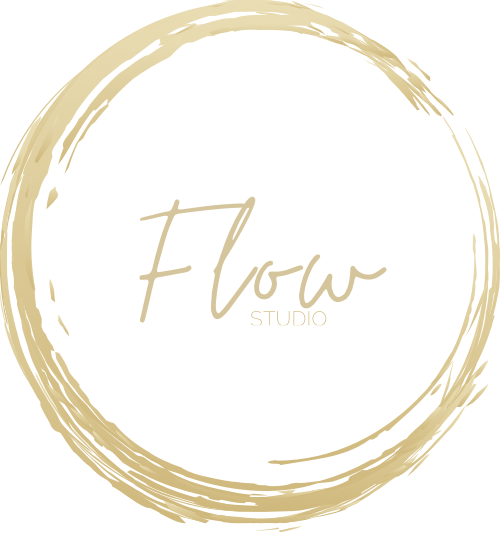movement flow
Holistic Movement is an integral aspect of daily life and is influenced by the following principles:
Natural Movement: Engage in natural, purposeful movement as part of daily life. Incorporate physical activity into routine activities like walking, gardening, and manual labor.
Active Lifestyle: Prioritize an active lifestyle by incorporating movement into daily routines. Walking or cycling for transportation, tending to gardens, and participating in communal activities contribute to overall physical well-being.
Social Connection through Movement: Emphasize social interaction through movement. Activities such as community dances, group walks, or shared physical tasks strengthen social bonds and promote well-being.
Low-Intensity Exercise: Engage in low-intensity, consistent physical activities. This includes activities like walking, gardening, and daily chores, promoting sustainable, lifelong movement.
Connection with Nature: Choose movement intertwined with nature. Engage in outdoor activities like walking, hiking, or farming, fostering a connection with the natural environment.
Work as Physical Activity: Choose work that is physically demanding, involving manual labor and daily tasks that require movement. This contributes to regular, incidental physical activity throughout life.
Functional Fitness: Prioritize functional and practical movement, focusing on activities that support daily living. This approach fosters overall fitness and helps individuals maintain independence as they age.
Cultural and Community Practices: Promote cultural practices that involve movement, such as traditional dances or rituals. These activities not only contribute to physical health but also provide a sense of identity and community.
Daily Communal Activities: Participating in communal activities. Shared physical activities, whether it's gardening, cooking, or group exercises, strengthen social ties and promote movement.
Mindful Movement: Practice mindful movement, with an emphasis on being present in the moment. Mindful activities like tai chi or yoga contribute to both physical and mental well-being.
Intergenerational Interaction: Practice intergenerational movement, with older individuals actively participating in community life. This interaction fosters a sense of purpose and contributes to overall community well-being.
Built Environment: Have environments that encourage movement, such as walkable neighborhoods and community spaces that promote physical activity.
Routine Physical Tasks: Engaging in routine physical tasks, such as preparing food, cleaning, or maintaining the home, contributes to daily movement and functional fitness.
Joyful Movement: Practice joyful movement, integrated into daily life. Activities are enjoyable, contributing to positive emotions and a holistic sense of well-being.
Limited Sedentary Behavior: Choose a minimal sedentary lifestyle
